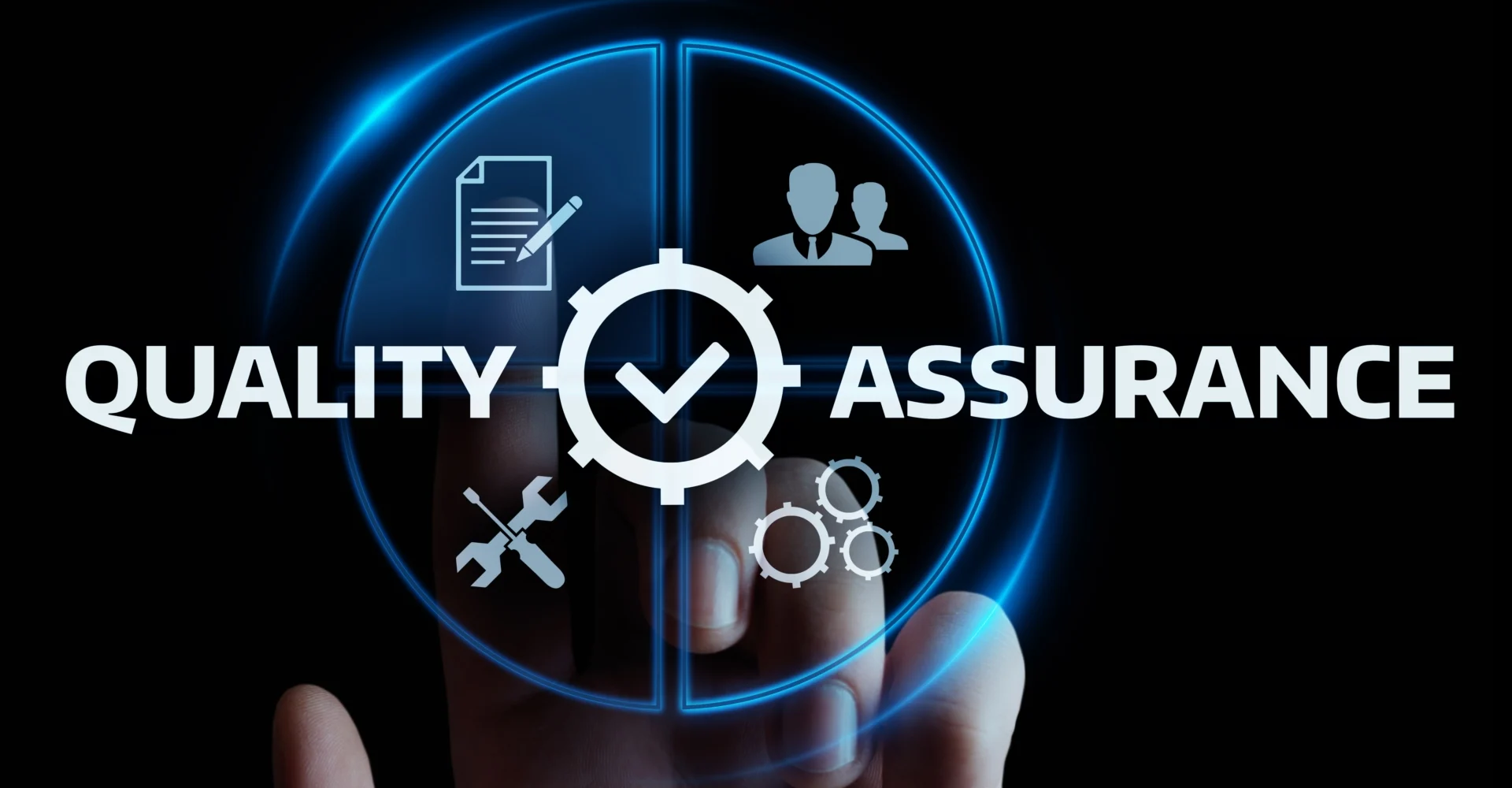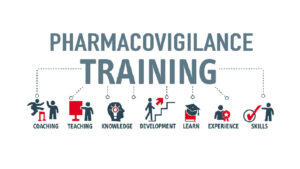Categories QA Testing
Mastering QA: Comprehensive Training in Software Testing, QTP, and QC

Welcome to Proximsoft’s cutting-edge Quality Assurance (QA) Testing Course, your gateway to mastering software testing, QTP, and QC. This comprehensive program is meticulously designed to equip individuals with the skills needed to thrive in the field of QA. At Proximsoft, we take pride in offering an unmatched learning experience, combining theoretical knowledge with hands-on training to ensure you are well-prepared for real-time challenges in software testing.
Why Learn QA Testing?
- QA testing helps identify and rectify defects, ensuring that the software meets the required quality standards. This, in turn, enhances customer satisfaction and trust.
- A well-implemented QA process can streamline development workflows and increase team efficiency. It helps identify areas where improvements can be made, leading to better collaboration and productivity
- QA professionals are in high demand, and mastering QA opens doors to rewarding career opportunities.
- Our course covers QA, QTP, and QC, providing a holistic understanding of software testing methodologies and tools.
- Gain hands-on experience with industry-leading tools like QTP and QC, enhancing your proficiency in test automation and quality control.
- Our experienced instructors, with vast industry expertise, guide you through practical exercises and case studies for practical application of knowledge.
| Mode of Training | Online live Interactive sessions |
| Duration of the Training | 6 weeks |
| Training duration per day | 60 – 90 min session |
| Software Access | Software will be installed/server access will be provided, whichever is possible |
| Training Materials | Soft copy of the material will be provided during the training |
| Training fee | Depends on the Requirement |
| Resume Preparation | Yes, at the end of the course based on the JD |
| Interview Preparation | Yes, by sharing some FAQ’s |
| Mock calls | Yes, 2 Technical Mock calls |
| Internship Project | Yes |
| Certification | Yes, at the end of the training |
| JOB Assistance | Yes |
| JOB Support | Yes |
| Weekdays | 6AM -2 PM EST & 6-11:30 PM EST (student can pick any 1 hr) |
| Weekends | 8 AM – 12 PM EST (student can pick any 2 hrs) |
What I will learn?
- Fundamental concepts of Software Development Life Cycle (SDLC)
- Project initiation, requirement gathering, and analysis
- Role of Business Analyst and Technical Specification Team
- System design and development phases
- Different types of testing and activities involved in the testing phase
- Test case execution, test plan, and management tools
- Traceability Matrix (TM) and defect analysis
- Configuration Management, deployment, and version control
- Automation testing, tools like Quick Test Professional (QTP), and Quality Center
- Data-driven tests and parameterization
Course Content
SDLC
- What are the different phases of SDLC?
- How does the process of Software Development Start?
- Project Initiation
- Requirement Gathering and Analysis
- What is Requirement document and what it contains?
- What is use case document and what it contains?
- What is Basic path and Alternate Path?
- Role of Business Analyst
- Example for explaining each phase
- Role of technical specification team
- What is Technical specification document?
- What is System Design?
- Role of Design team
- What is design document?
- Role of architecture team
- System development
- Role of development team
- Deliverable of Development phase
- System testing
- Role of testers and types of testing
- User acceptance testing
- System deployment
- System maintenance
- Events in the maintenance phase like bug fixes
STLC
- How are the phases of STLC carried out?
- What is testing?
- Role of testers
- Why do we need to test?
- Activities involved in the testing phase
- What is test plan and test case document?
- Steps of test case execution
- What does test case document contain?
- How to write test case document?
- What is required to test any application?
TEST CASES
- What is test case?
- What does test case document contain?
- How to write test case document?
- Different test case techniques
TEST PLAN
- What is Test Plan?
- How to write test plan document?
- What does the test plan document contain?
- Who writes and approves the test plan document?
- How manage the test case documents?
- What is the pass/fail criterion?
TYPES OF TESTING
- Different Phases of testing
- What is unit testing?
- What is Minimum acceptance testing?
- What is integration, system and system integration testing?
- What is User acceptance testing?
- What is Regression Testing?
DEFECT ANALYSIS
- What is a defect?
- Various Defect tracking tools
- How to use the defect tracking tools?
- How to enter the details of defect in the defect tracking tool?
- How to identify a defect?
- What is severity and priority?
TRACEABILITY MATRIX
- What is Traceability Matrix[TM]?
- Who Prepares the TM document?
- What is the reference for writing TM?
- What is the use of TM?
- What is present in the TM document?
- Sample TM
- Tools used for developing TM
Various Teams and their Roles
- Configuration Management Team
- Role of configuration management team
- What is Deployment?
- Deployment Team
- Role of Deployment team
- Version Control
- Various version tools and its usage
- Difference between QC and QA
- What is automation testing?
- Why, what and when to automate?
- Various tools used for automation testing
MANAGEMENT TOOL QUALITY CENTER Introduction to Quality Center
- What is Quality Center ?
- Why to use Quality Center
- Version of Quality Center
- Overview of quality Center user interface
- Various tabs in Quality center
- Requirement Module
- Requirement Module Overview
- Creating Requirement tree
- Creating Parent & Child requirements
- Understanding the Description tab
- Understanding the History tab
- Uploading attachments to requirement
- A glance at various columns in requirement
- Types of views in requirement module
- Requirement grid view
- Requirement coverage view
- Test Plan Module
- Creating folder structure
- Create test cases
- Requirement coverage
- Test Lab Module
- Overview of Test Lab
- Detail of various tabs
- Creating folders
- Creating Test sets
- Adding test cases
- Different columns in Execution Grid
- Execution Flow tab
- Scheduling Test runs
- Test Set Properties tab
- Linked Defects tab
- Running Tests manually
- Running Tests automatically
- Viewing Test results
- Quality Center Defects
- Overview of Defects
- Creating defects after test execution
- Adding defects in defect module
- Creating defects during test execution
- Linking Defects
- How to close a defect
- Closing defects after retest
- Mailing the defects
- Quality Center reports & graphs
- Why Reports & Graphs?
- How to create reports & graphs for Analysis?
AUTOMATION TESTING QUICK TEST PROFESSIONAL
Introduction to QTP
- What is QTP
- Prepare Before Automation
- Application Under Test
- First look at Add-Ins for QTP
- Understanding the QTP User Interface
- Setting up preferences in QTP before recording
Different versions of QTP(Text based)
- Difference between QTP 9.0 and QTP 8.2
- Difference between QTP 9.2 and QTP 9.0
- Difference between QTP 9.5 and QTP 9.2
Record and run a script
- Record a simple script
- Save the script
- Run the test script
- Understand the result
Introduction to Object Repository
- What is Object Repository
- Types of Object Repository
- Object Repository Manager
- Associating shared Object Repository with test
Shared Object Repository
- Local Object Repository
- Create a shared Object Repository
- Add objects to shared Object Repository
- Save an shared Object Repository
- Modify the shared Object Repository
- Comparing Local and Shared Object Repository
Synchronization
- What is Synchronization
- Synchronization in QTP
- Add Synchronization Steps for an Object
Check Point
- What is Check Point
- Using Standard Check Point
- Using Text Check Point
- Using Access ability check point
- Using XML Check Point
Database checkpoint
- What is database checkpoint
- Writing SQL Query using Microsoft Query
- Parameterize a database checkpoint
Output Values
- What is Output value
- Using Standard Output value
- Using Text Output value
- Using Database Output value
- Using XML Output value
Data Driven Test
- What is Data Driven test
- What is Parameterization
Course level:All Levels
Course Duration: 30h
Requirements
- Basic understanding of software development concepts.
- Familiarity with SDLC phases.
- Enthusiasm to learn and excel in the field of QA testing.
Talk to Our Career Advisor
FAQ'S
Mastering QA opens doors to a wide range of career opportunities, providing a competitive edge in the job market.
Absolutely! The course emphasizes hands-on experience with QTP and QC, ensuring participants gain practical skills in test automation and quality control.
Certainly! The course includes practical exercises to ensure participants gain hands-on experience in various testing phases and activities.
Proximsoft provides dedicated job assistance, offering support in resume building, interview preparation to enhance their job placement prospects.




